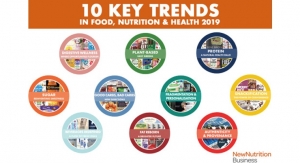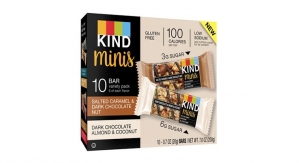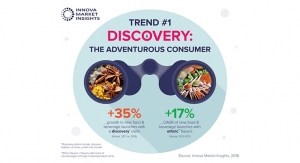Slideshows
10 Healthy Snack Trends for 2019
Nearly 5,000 food and nutrition experts predict 2019's developing ingredients, flavors, and wellness practices.
12.04.18
-
-
Cargill & DSM Establish Joint Venture to Bring Steviol Glycosides to Market Faster
Avansya to help food and beverage producers deliver products and brands with significantly reduced calories.
-

Good Idea Launches Beverage to Address Blood Sugar Spikes
Functional beverage targets post meal slump and cravings.
-
GOED Updates Voluntary Monograph with Lower Lead Limit
The new lead limit will be valid from March 1, 2019.
-
Prebiotic Ingredients Market to Reach Nearly $7.7 Billion by 2025
Demand to follow growing popularity of functional food products, according to TMR report.


































